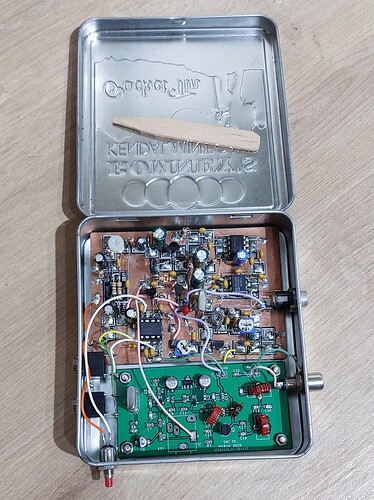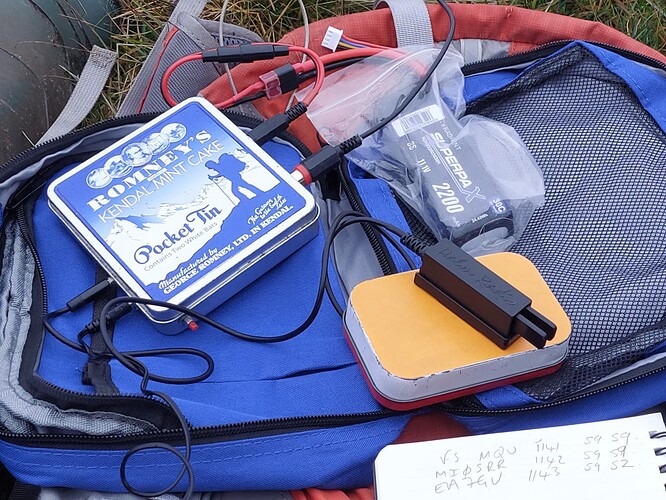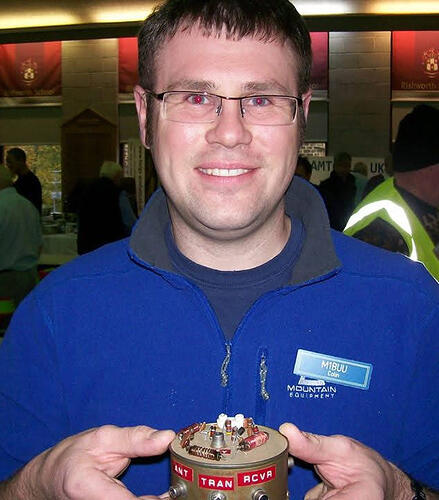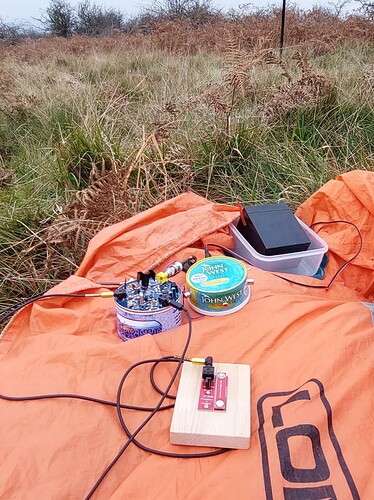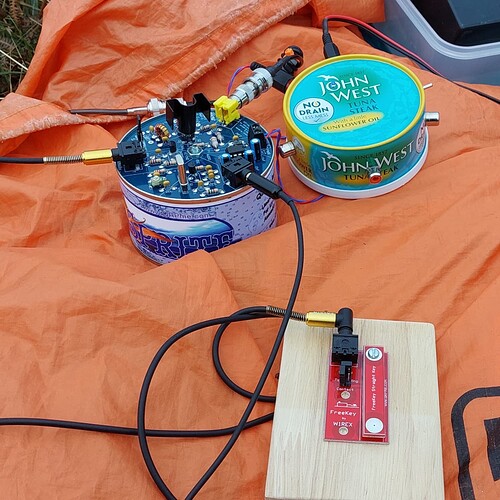I had a few household chores to do today but I also felt like I needed exercise. I’ve got the SOTA bug ![]() quite badly and I’d like to get somewhere near my best yearly total of around 50 activations. I’m about a dozen or so away from that amount this year.
quite badly and I’d like to get somewhere near my best yearly total of around 50 activations. I’m about a dozen or so away from that amount this year.
I thought I might as well combine exercise with a quick ‘just for fun’ SOTA activation. Hutton Roof Crags G/LD-052 is probably my easiest summit to get to but it gets a bit boring, it’s about 30 mins in the car and 30 mins walk. Whernside G/NP-004 is a longer walk but only around 15-20 minutes in the car, so all in all, around the same door to summit time.
I opted to climb Yorkshire’s highest mountain, Whernside.
My aim was to manage at least one QSO to register the ‘Activation’. It wasn’t a serious SOTA trip. For fun I packed my home brew direct conversion 2w CW transceiver.
The transceiver was born after I designed a PCB for a simple transmitter using SMT components to solder on the hill. I’d built the original project for 40m but the minimum number of boards I could order was 5. I wondered if I could make the transmitter work on 20m, so I set about building a spare board with a 20m crystal. I was pleased to get about 2 watts out of the single BS170 FET. 2w on 20m is a useful amount. A reciever was grafted on, it’s just a slightly modified Sudden direct conversion affair. The Sudden was a G3RJV design, which has since come in various flavours. The RX is a classic 602/612 mixer and 386 amp combo, but followed by a simple op-amp filter. The RX and TX are actually separates in my rig but share the antenna. I used a PicoKeyer to provide paddle keying.
Home brew 20m transceiver
The weather was rather miserable on Whernside but at least there wasn’t much wind and it was dry. I used my lightweight 30m/20m dipole on a 4m pole - this wasn’t supposed to be a serious SOTA activation.
I called CQ and tuned the receiver with my little wooden stick and I could hear Paul M0CQE coming back to me! Looks like I’ll get my activation tick after all! After the QSO with Paul, all I could hear was one single tone with many stations calling over each other. With my crude home brew receiver it was hard work but I did eventually pare down the pile and zi ended up with 28 QSOs in the log, including 2 S2S! I even had some 2 way QRP QSOs. I couldn’t believe how crazy the pile up was for my puny 2 watt signal to a low dipole. Maybe there’s a lack of activators as we patiently wait for winter bonus?
Anyway, I had a lot of fun despite the rig’s limitations and not being used to the keyer timing.
This radio thing is magic!
!Whernside G/NP-004
Reverse Beacon Network hits
Map of QSOs from the SOTA Database
Crazy!
73, Colin
